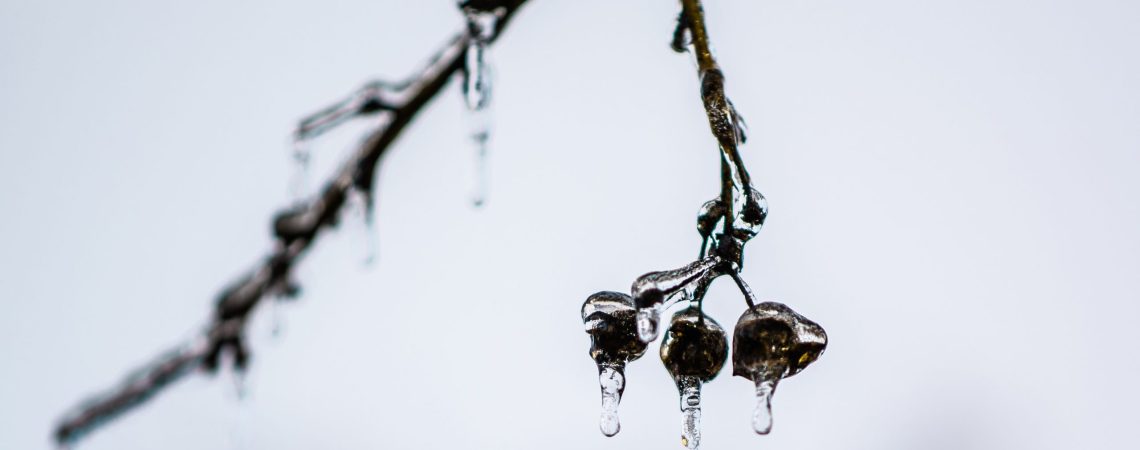The first few weeks of January have alternated between negative temperatures and torrential downpours of rain. While those impacted by the storm might already be dialing the number of their house insurance company, the forecast for the next few months looks like more inclement weather will be headed our way. Last year, a late January storm caused over $39 million dollars in damages.
Since spring is still a good distance off, it’s important to know how to handle any winter damages. We’ve put together a guide to walk you through a few of the most common claims made in winter (and how to make sure your home insurance policy will cover them).
Ice Storms and Hail
Ice storms are impressive, but they’re also no joke. Branches, power lines, and sheds can all become weighty with the ice they accumulate, and if they snap or break, they can cause a lot of damage to whatever’s underneath. The same holds true for hail, which can give your house and your car a lot of grief.
Not every house insurance company will provide protection against ice storms or hail. These tend to be classified as “perils,” and different insurance policies will address each one. If you live in an area that, like Barrie, typically deals with ice storms or heavy hail, ask your insurance broker if your policy will protect you against these specific perils.
Wind Damages
According to the Insurance Information Institute, claims for wind and hail damage were the ones most frequently made by homeowners. Like ice storms, harsh winds can bring down trees, tree branches, or power lines. They can also rip off loose shingles and gutters, especially if those aspects of the home haven’t been checked or maintained.
This is another peril that a house insurance policy may or may not cover, so before you agree to buy one, check and make sure that damages to your home or property that are caused by wind will be covered by the insurance company.
Icy Walkways and Slipping
Especially in cold temperatures, ice can form after a brief warming period, or it can begin to take shape as the snow is compacted over a long period of time. Either way, many homeowners have stepped outside only to stagger and grab the doorframe for support as one of their feet slips on a patch of ice. This can become a huge liability in the winter, where a guest (or, yes, even a trespasser) can sue the homeowner if they become injured after slipping on an icy patch on your property.
The good news here is that slips and falls are usually covered under a typical house insurance policy. If you do notice a patch or two of ice on your property, a bit of salt will help it melt more quickly.
Icy or Slushy Roads
The world doesn’t stop just because a storm decided to drop by, and driving after a major weather event can be hazardous at best. It only takes one misplaced wheel or a steep hill to lose control of the vehicle. If a car owner fails to chip off the ice after an ice storm, chunks of heavy, frozen ice could become airborne projectiles.
While house insurance will usually look after any damage that happens to your car while it’s physically on your property, you’ll need automotive insurance to deal with any damages or accidents that happen while you’re driving. This policy will also help protect you against theft or vandalism.
When it comes down to it, an insurance policy will protect you against a wide range of winter mishaps, but only if you make sure that your policy addresses it explicitly. Before you commit to a policy or company, make sure that you go over the proposed insurance in detail, and if you have concerns about coverage, don’t be afraid to ask.
To learn more about the business, automotive, or home insurance policy that would best protect you this winter, give us a call at (705) 726-2551 or send us a message online.

